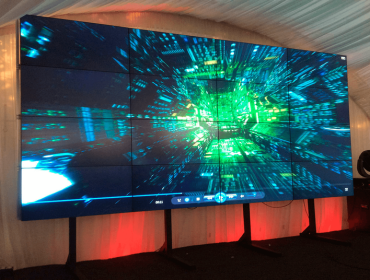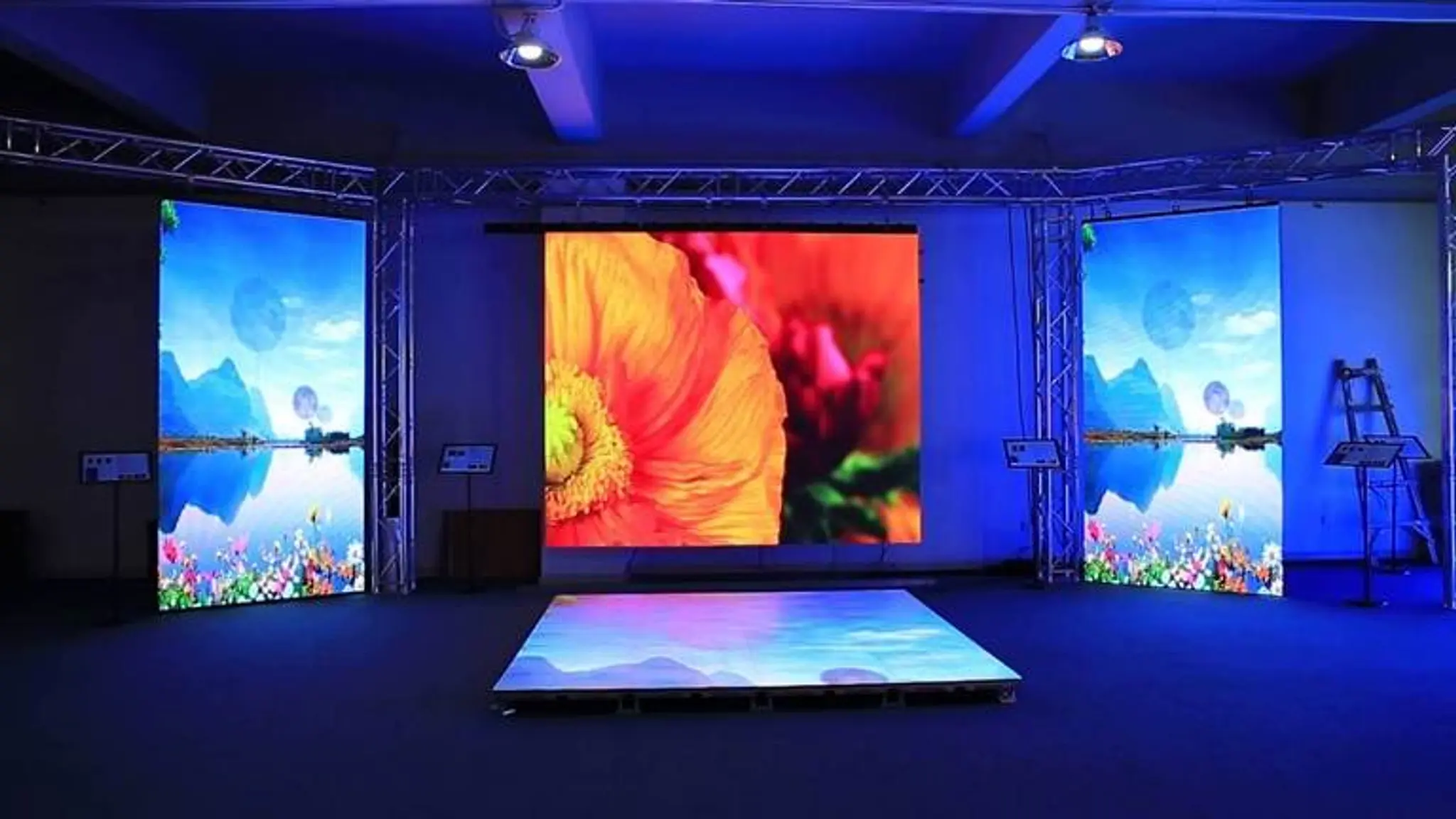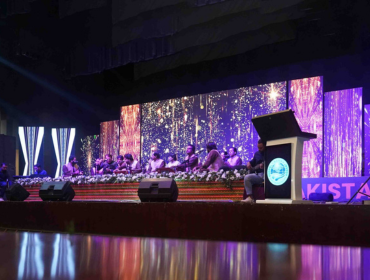As digital signage and LED display technology continues to evolve, the role of LED Controllers is more important than ever.
Whether you are installing a commercial SMD LED Display, an interactive lighting system, or simply your LED lighting controller for home automation, it is crucial to understand the different types and functions of LED Controllers.
In this comprehensive guide, we cover everything you need to know about LED Controllers, including how they work, their benefits, possible uses, and how to choose the best LED Controllers for your needs.
What Is An LED Controller?
An LED Controller is a device that controls the brightness, color, and timing of an LED lighting system. It acts as a bridge between the power supply and the LED modules, allowing users to customize lighting patterns, transitions, and effects.
From RGB color changes to synchronized animations, smart LED Controllers have revolutionized the way we use lighting in different environments.
Modern LED Controllers Can Be Controlled Via:
- Manual buttons or remote controls
- Wi-Fi or Bluetooth via mobile apps
- DMX or SPI protocol for professional lighting
- Software interface for large area SMD LED displays
How Do LED Controllers Work?
Basically, an LED Light Controller works by sending electrical signals to the LEDs. These signals determine:
- Color combinations (e.g. RGB, RGBW, RGBCCT )
- Brightness levels
- Flashing or fading effects
- Sequence and animation
SMD LED Controllers are specifically optimized to drive SMD (Surface Mounted Device) LED displays, which are commonly used in outdoor advertising, stage events, and indoor digital signage.
These displays often require high refresh rates and real-time control, so the choice of controller is a critical factor.
Types Of LED Controllers
Let’s take a look at the most common types of LED Controllers:
RGB LED Controller
RGB controllers are ideal for color-changing lighting as they allow the user to mix red, green, and blue for a variety of colors. They are often used for decorative and mood lighting.
Intelligent LED Controls
Smart LED Controllers connect to your home network or a mobile app. They offer remote access and integration with voice assistants like Alexa or Google Home. You can schedule light changes, automate scenes, and control your lighting from anywhere.
DMX LED Controller
These are professional controllers for use in theatres, events and architectural lighting. They support multiple channels and enable precise control of large LED installations.
SMD LED Controller
These controllers are specifically designed to drive SMD LED Displays and offer higher frame rates, color depth, and image synchronization, essential for seamless video playback and ad transitions on LED signs and video walls.
Applications Of LED Controllers
LED Controllers are used in various environments:
- Stores: Attract customers with vibrant light displays.
- Signs and outdoor advertising: High-resolution SMD LED Displays require advanced SMD LED Controllers to deliver sharp images.
- Concerts and events: Dynamic lighting sets use intelligent LED controls to adjust the light to the music or movements on stage.
- Smart homes: Homeowners are using smart LED controls for mood lighting and energy efficiency.
- Offices and corporate environments: Improve the aesthetics of your workplace with programmable lighting.
Best LED Controllers In 2025
Choosing the Best LED Controller depends on your specific requirements. Here are some of the best options in 2025:
Novastar LED Controller
Novastar is a popular choice for Professional SMD LED Displays and offers excellent control over video inputs, brightness and pixel mapping.
Color Light LED Controller
Colorlight controllers are known for their stability and high refresh rate, making them ideal for Outdoor LED Displays and signs.
SP108E Wifi LED Controller
This smart LED Controller is ideal for DIY lighting and home automation. It supports various effects and can be controlled via mobile apps.
T-1000S LED Controller
The T-1000S is widely used for RGB LED strips and is a cost-effective option for animations and static lighting setups.
Lens LED Controller
Linsn offers excellent compatibility and performance and is a popular brand for companies looking to operate SMD LED Displays in corporate environments.
Important Features To Look For In An LED Controller
When choosing the Best LED Controller, you should consider the following features:
- Compatibility: Make sure it works with your LED type (e.g. RGB, RGBW, addressable).
- Control protocol: Choose between RF, IR, Wi-Fi, Bluetooth or DMX depending on your installation.
- Pixel support: Important for SMD LED Controllers, especially in high-resolution video walls and displays.
- App and software integration: Look for smart controllers that support iOS /Android apps or PC interfaces.
- Scene modes and effects: Predefined lighting effects and animations provide more flexibility.
How Do I Install An LED Controller?
This is a basic installation process for a typical LED lighting controller:
- Connect the power supply to the controller.
- Attach the LED strips or panels to the output terminals.
- Configure the controller using a remote control or a mobile app.
- For SMD LED screens, install the control software (e.g. NovaLCT , LED Studio) and set parameters such as resolution and scanning mode.
- Test and calibrate to ensure proper synchronization and performance.
Please note: For commercially available displays or SMD LED Controllers, professional installation is recommended.
Fix Common Problems
The LED Controller Is Not Responding
- Check the power supply and cables.
- Make sure the remote or app is paired correctly.
Synchronization Problem On SMD LED Screen
- Check the data cable connections.
- Check the software settings in your controller interface.
Flickering Or Color Errors
- Make sure you are using a compatible controller.
- Adjust the PWM frequency if supported.
The Future Of LED Controllers
With the advent of IoT and smart devices, the LED Controllers of the future will be smarter, faster and more energy efficient. Expect the following:
- Cloud-based operating systems
- AI-assisted light patterns
- Deeper integration with home automation platforms
- 4K-compatible SMD LED Controllers for Ultra HD displays
Conclusion: Why It Is Important To Choose The Right LED Controller
Whether you are setting up a colorful video wall with an SMD LED Display or looking for a smart LED Controller to automate your home lighting, the right controller is key to performance and longevity.
Understanding the types, functions, and applications of LED Controllers will help you make an informed decision and get the most out of your LED installation.




